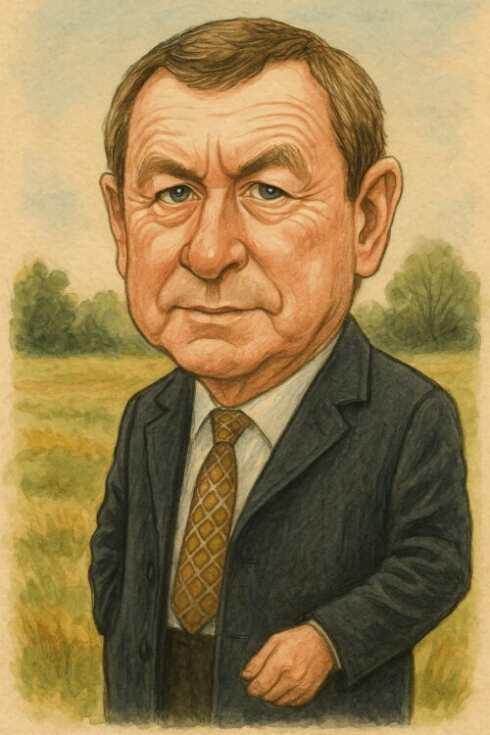4-minute read
Synopsis of Midsomer Murders
Imagine settling into your cozy Sunday comfort zone—then a murder disrupts it. If you watched this British mystery series back in the day, you couldn’t turn away. It’s been around since 1997, blending idyllic countryside views with dark, twisted crimes. The pacing is steady, the theme tune comforting, yet every episode has that suspenseful punch that kept viewers hooked. Because let’s face it, who doesn’t get a little thrill from a murder in a picture-perfect village?
Cast and Characters
- John Nettles as DCI Tom Barnaby – The epitome of calm detective. Methodical, steady, with a charming wife and daughter who add depth outside the crime scene.
- Jane Wymark as Joyce Barnaby – Tom’s patient wife, always involved in local events. Her insights often help crack the case.
- Daniel Casey as DS Gavin Troy – The eager young cop with a penchant for blunders, injecting some youthful energy—and comedy—into the mix.
- Barry Jackson as Dr George Bullard – The cheerful, smoothie-loving pathologist, Barnaby’s trusty scientific sidekick who often provides crucial clues.
- Jason Hughes as DS Ben Jones – The talented detective with a complex backstory, whose Welsh charm earned his fans.
- John Hopkins as DS Dan Scott – The ladies’ man detective, known for his charisma and rapport with Barnaby.
- Neil Dudgeon as DCI John Barnaby – Tom’s cousin stepping into the lead, bringing a fresh perspective but maintaining family legacy.
- Fiona Dolman as Sarah Barnaby – John’s wife, a school headmistress who keeps the family grounded amidst chaos.
- New team members like Gwilym Lee, Nick Hendrix, Manjinder Virk, and Annette Badland – They add diversity, expertise, and a splash of modernity to the veteran cast.
Production and Style
Shot across scenic Oxfordshire and Buckinghamshire villages, the show’s strength lies in its visuals. The stunning countryside sharply contrasts with the grisly murders. Each episode sticks to the familiar pattern: mysterious introduction, investigation, and a satisfying final reveal. Its steady rhythm, atmospheric music, and picturesque settings create a cozy yet unsettling watch, perfect for binge sessions.
Series Structure & Evolution
- Series 1–13: Focused on Tom Barnaby’s rural detective work. The small-town vibe feels inviting, with recurring characters deepening community ties.
- Series 14 and beyond: Neil Dudgeon takes over as John Barnaby. New characters, modern themes, and more diverse crimes keep the series fresh for longtime fans.
Writing, Tone & Themes
The show balances quirky village customs with brutal murder. It’s like a pastoral playground with dark secrets. The storylines are clever, revealing social and class themes subtly over time. The tone stays light enough that viewers feel comforted, yet dark enough to thrill. Every case feels complete, nailing that satisfying “aha” moment.
Iconic Episodes and Moments
- The Killings at Badger’s Drift – The pilot that set the tone. A murder in a quiet village that’s anything but peaceful.
- The Killings of Copenhagen – The series’ first international case, showing its ambition beyond rural England.
- 25th Anniversary Documentary – Celebrates decades of murder, mystery, and meme-worthy moments from the cast and crew.
Reception and Legacy
From the start, it was a ratings smash. The pilot drew over 13 million viewers—big numbers for British telly. Its bizarre murder methods—more than 380 up to 2025—became part of the charm. This quirky streak inspired shows like *Death in Paradise*. International audiences loved it too, broadcasting in over 200 countries, making it a global crime fixture.
Final Thoughts
Midsomer Murders expertly combines stunning English villages with deadly secrets. Its long run proves how well-crafted characters, clever stories, and a touch of nostalgia resonate. With relatable detectives and evolving plots, it’s a comfort binge for crime fans craving a slice of rural mayhem. The show’s enduring appeal lies in mixing community warmth with clever mystery—working beautifully like a good cuppa.
